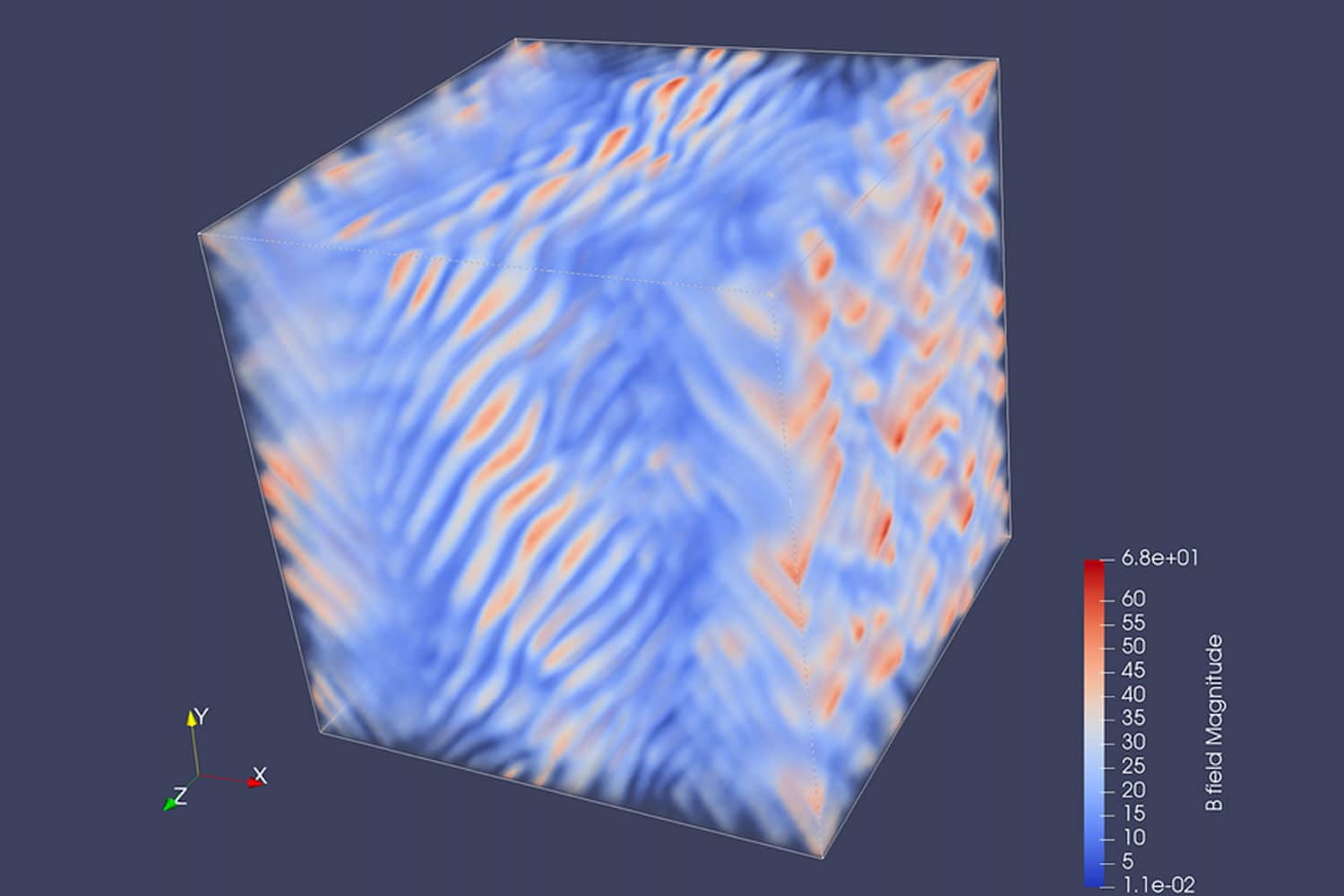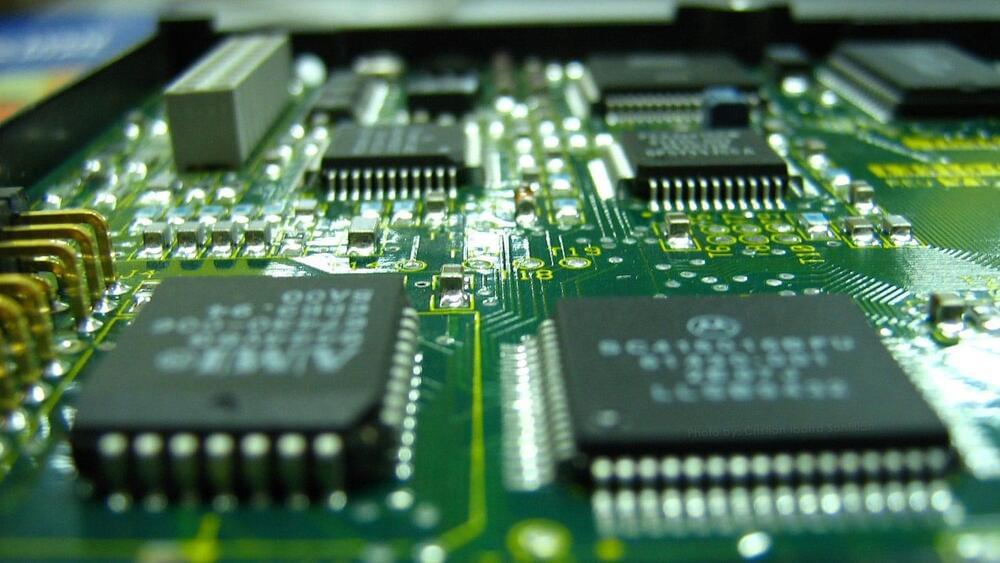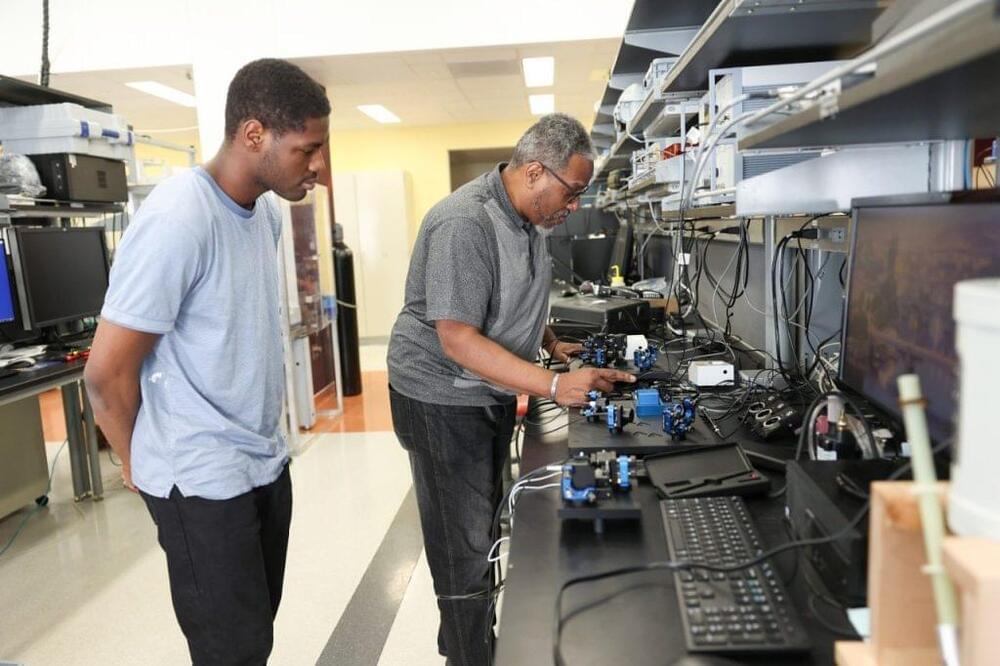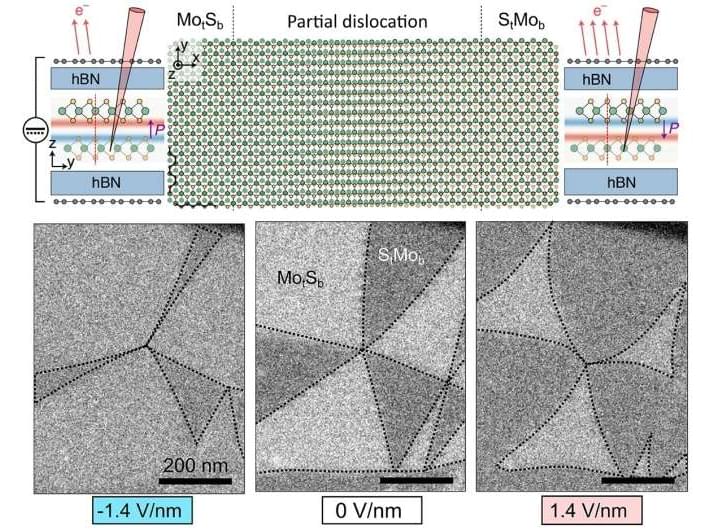LatamIsrael Latam Israel, ciencia y tecnología israelí. Israel en latam.



When we look out into space, all of the astrophysical objects that we see are embedded in magnetic fields. This is true not only in the neighborhood of stars and planets, but also in the deep space between galaxies and galactic clusters. These fields are weak—typically much weaker than those of a refrigerator magnet—but they are dynamically significant in the sense that they have profound effects on the dynamics of the universe. Despite decades of intense interest and research, the origin of these cosmic magnetic fields remains one of the most profound mysteries in cosmology.
In previous research, scientists came to understand how turbulence, the churning motion common to fluids of all types, could amplify preexisting magnetic fields through the so-called dynamo process. But this remarkable discovery just pushed the mystery one step deeper. If a turbulent dynamo could only amplify an existing field, where did the “seed” magnetic field come from in the first place?
We wouldn’t have a complete and self-consistent answer to the origin of astrophysical magnetic fields until we understood how the seed fields arose. New work carried out by MIT graduate student Muni Zhou, her advisor Nuno Loureiro, a professor of nuclear science and engineering at MIT, and colleagues at Princeton University and the University of Colorado at Boulder provides an answer that shows the basic processes that generate a field from a completely unmagnetized state to the point where it is strong enough for the dynamo mechanism to take over and amplify the field to the magnitudes that we observe.

Tarek Gebrael, a UIUC Ph.D. student in mechanical engineering, explains that the existing solutions suffer from three shortcomings – first, they can be expensive and difficult to scale up. Second, conventional heat spreading approaches generally require that the heat spreader and a heat sink be attached on top of the electronics device. Unfortunately, in many cases, most of the heat is generated underneath the electronic devices, meaning that the cooling mechanism isn’t where it is needed the most.
And third, Gebrael explained, the heat spreaders can’t be installed directly on the surface of the electronics. They require a layer of “thermal interface material” sandwiched between them to ensure good contact. However, due to its poor heat transfer characteristics, that middle layer also introduces a negative impact on thermal performance.
Now, researchers have come up with a new solution to address all three of those problems. First, they used copper as a primary material, which is relatively inexpensive. They then made the copper coating that entirely “engulfs” the device, says Gebrael, “covering the top, the bottom, and the sides… a conformal coating that covers all the exposed surfaces” – so that no heat-producing regions are neglected. And finally, the new solution removes the need for a thermal interface material and a heat sink.

Engineering is often inspired by nature—the hooks in velcro or dermal denticles in sharkskin swimsuits. Then there’s DARPA’s SyNAPSE, a collaboration of researchers at IBM, XX, and XX universities. Not content with current computer architecture, SyNAPSE takes its cues from the human brain.

A team of researchers at The University of Manchester’s National Graphene Institute (NGI) and the National Physical Laboratory (NPL) has demonstrated that slightly twisted 2D transition metal dichalcogenides (TMDs) display room-temperature ferroelectricity.
This characteristic, combined with TMDs’ outstanding optical properties, can be used to build multi-functional optoelectronic devices such as transistors and LEDs with built-in memory functions on nanometre length scale.
Ferroelectrics are materials with two or more electrically polarisable states that can be reversibly switched with the application of an external electric field. This material property is ideal for applications such as non-volatile memory, microwave devices, sensors and transistors. Until recently, out-of-plane switchable ferroelectricity at room temperature had been achieved only in films thicker than 3 nanometres.

The four students are studying Innovation Design Engineering, a course delivered jointly by Imperial College London and the Royal College of Art. They have built a series of machines that extract, form and recycle the material, which they believe could be used as a replacement for various single-use plastics.
The project uses chitin, the world’s second most abundant biopolymer, (a naturally produced plastic). Chitin is found in crustaceans, insects and fungi, but needs to be chemically extracted from the source before it can be turned into the material.
The group of students have developed new manufacturing processes to transform lobster shell waste into biodegradable, recyclable bioplastic.

A group of 60 scientists called for a moratorium on solar geoengineering last month, including technologies such as stratospheric aerosol injection (SAI). This involves a fleet of aeroplanes releasing aerosol particles – which reflect sunlight back to outer space – into the atmosphere, cooling down the Earth.
SAI might make the sky slightly whiter. But this is the least of our concerns. SAI could pose grave dangers, potentially worse than the warming it seeks to remedy. To understand the risks, we’ve undertaken a risk assessment of this controversial technology.
A cooler Earth means less water would be evaporating from its surfaces into the atmosphere, changing rainfall patterns. This could produce ripple effects across the world’s ecosystems – but the exact nature of these effects depends on how SAI is used. Poor coordination of aerosol release could lead to extreme rainfall in some places and blistering drought in others, further triggering the spread of diseases.


Crafty hackers can make a tool to eavesdrop on some 6G wireless signals in as little as five minutes using office paper, an inkjet printer, a metallic foil transfer and a laminator.
The wireless security hack was discovered by engineering researchers from Rice University and Brown University, who will present their findings and demonstrate the attack this week in San Antonio at ACM WiSec 2022, the Association for Computing Machinery’s annual conference on security and privacy in wireless and mobile networks.
“Awareness of a future threat is the first step to counter that threat,” said study co-author Edward Knightly, Rice’s Sheafor-Lindsay Professor of Electrical and Computer Engineering. “The frequencies that are vulnerable to this attack aren’t in use yet, but they are coming and we need to be prepared.”